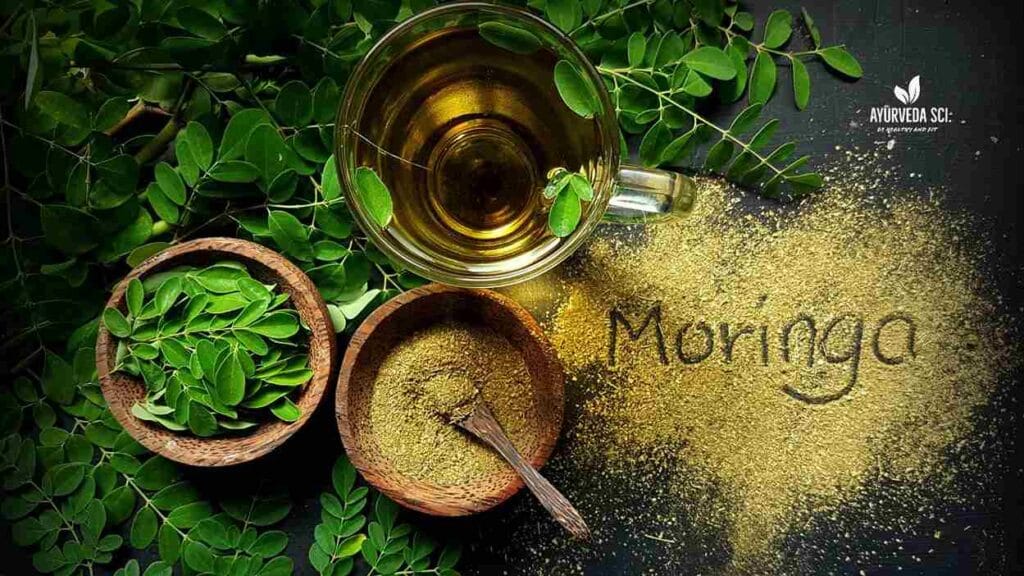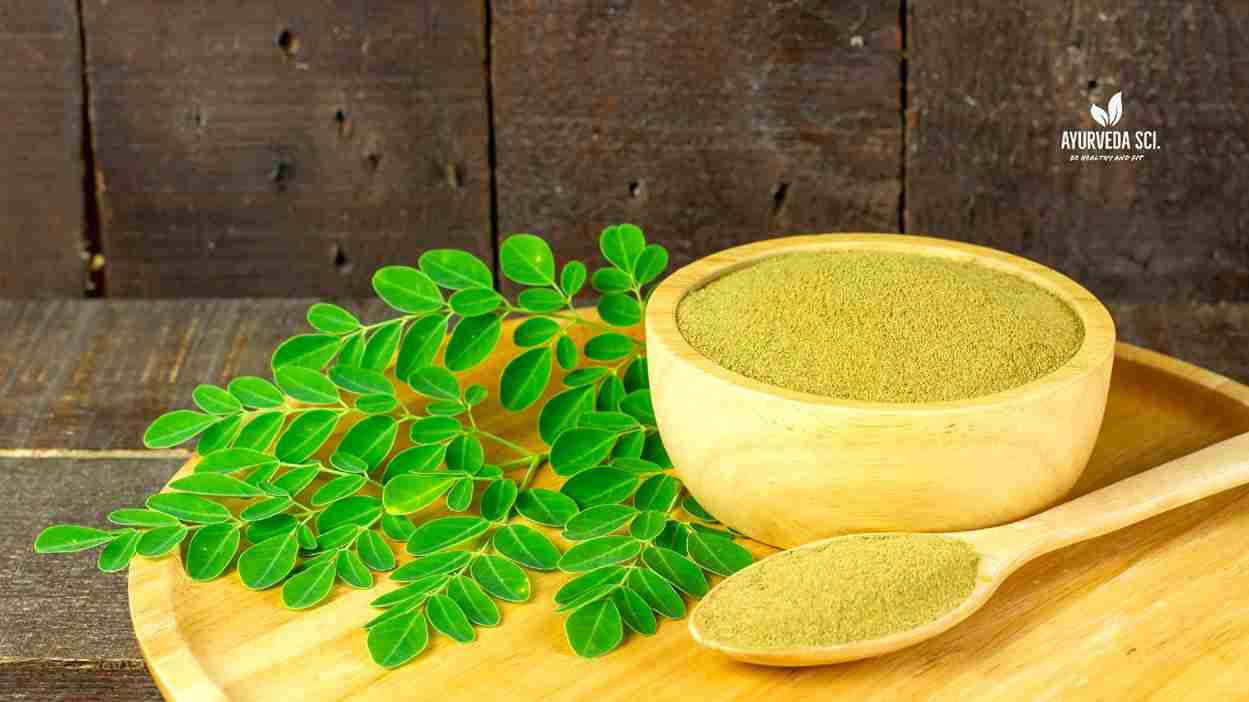Moringa oleifera, often referred to as the “miracle tree,” “drumstick tree,” or “horseradish tree,” is a versatile plant native to the Himalayan foothills in India but now cultivated in tropical and subtropical regions worldwide. This fast-growing, drought-resistant tree has been used for centuries in traditional medicine systems like Ayurveda for its nutritional and therapeutic properties.
Every part of the moringa tree—leaves, seeds, pods, flowers, bark, and roots—can be utilized, making it a valuable resource in regions facing malnutrition and limited access to healthcare. In recent years, scientific research has begun to validate many of its traditional uses, highlighting its potential as a superfood and natural remedy. This article delves into the detailed health benefits of moringa, supported by scientific evidence, while also addressing potential side effects and limitations.
Nutritional Profile of Moringa
Moringa’s reputation as a nutritional powerhouse stems from its dense concentration of essential nutrients. The leaves, in particular, are packed with vitamins, minerals, proteins, and bioactive compounds. For instance, fresh moringa leaves contain approximately 6.7 grams of protein, 1.7 grams of fats, 12.5 grams of carbohydrates, and 0.9 grams of fiber per 100 grams. When dried, these values increase significantly: dry leaves offer 29.4 grams of protein, 5.2 grams of fats, 41.2 grams of carbohydrates, and 12.5 grams of fiber per 100 grams. Dry leaf powder provides even more concentrated nutrition, with 27.1 grams of protein and 19.2 grams of fiber per 100 grams.
In terms of vitamins and minerals, moringa surpasses many common foods. It boasts 7 times more vitamin C than oranges, 10 times more vitamin A than carrots, 17 times more calcium than milk, and 25 times more iron than spinach. Specific values include 440 mg of calcium per 100 grams in fresh leaves, 25.6 mg of iron in dry leaves, 220 mg of vitamin C in fresh leaves, and 448 mg of vitamin E. The plant is also rich in B vitamins, such as thiamine, riboflavin, and niacin, and contains essential amino acids like threonine, methionine, isoleucine, lysine, and valine, making it a complete protein source comparable to meat—ideal for vegetarians and vegans.
Additionally, moringa is loaded with bioactive compounds, including flavonoids (257 mg quercetin equivalent per 100 grams) and phenols (785.5 mg gallic acid equivalent per 100 grams), which contribute to its antioxidant capabilities. These nutrients not only combat malnutrition but also form the foundation for moringa’s wide-ranging health benefits.
Moringa Nutritional Profile Summary
The table below summarizes the key nutritional components of moringa leaves (fresh and dried) per 100 grams, highlighting their density in vitamins, minerals, protein, and fiber.
| Nutrient | Fresh Moringa Leaves (per 100g) | Dried Moringa Leaves (per 100g) |
|---|---|---|
| Protein (g) | 6.7 | 27.1 |
| Fiber (g) | 0.9 | 19.2 |
| Vitamin C (mg) | 220 | 17.3 |
| Vitamin A (μg) | 756 | 1890 |
| Vitamin E (mg) | 448 | Not specified |
| Calcium (mg) | 440 | 2003 |
| Iron (mg) | 0.85 | 25.6 |
| Flavonoids (mg) | 257 (quercetin equivalent) | Not specified |
| Phenols (mg) | 785.5 (gallic acid equivalent) | Not specified |
Notes:
- Values for vitamin A are in retinol activity equivalents (RAE).
- Fresh leaves are richer in vitamin C, while dried leaves excel in calcium, iron, and protein.
- Moringa contains essential amino acids, making it a complete protein source.
Nutritional Value of Moringa Leaves Compared to Common Foods
Key Health Benefits of Moringa

Scientific studies, including laboratory experiments, animal models, and limited human trials, have explored moringa’s therapeutic potential. While many benefits are promising, it’s important to note that much of the evidence comes from preliminary research, and more large-scale human studies are needed for confirmation.
1. Antioxidant Properties
Moringa is a potent source of antioxidants, which help neutralize free radicals and reduce oxidative stress—a key factor in aging and chronic diseases. Compounds like glycosylates, isothiocyanates, thiocarbamates, flavonoids (e.g., kaempferol and myricetin), and quercetin in the leaves and seeds scavenge reactive oxygen species (ROS). For example, leaf extracts have been shown to reduce ROS in human embryonic kidney (HEK-293) cells, while seed-derived myricetin exhibits stronger antioxidant activity than synthetic antioxidants like butylated hydroxytoluene (BHT) and alpha-tocopherol. Animal studies demonstrate protective effects against oxidative damage in methotrexate-treated mice and diclofenac-induced liver toxicity in rats. A 2009 study by Singh et al. further confirmed its ability to protect against oxidative DNA damage.
2. Anti-Inflammatory Effects
Chronic inflammation underlies many diseases, including arthritis and heart conditions. Moringa’s leaves, pods, flowers, and roots contain anti-inflammatory compounds such as 4-[2-o-Acetyl-alpha-L-rhamnosyloxy) benzyl] thiocyanate, aurantiamide acetate, and 1,3-dibenzylurea, which inhibit nitric oxide production and block NF-κB translocation—a key inflammatory pathway. In a 2015 study by Tan et al., flower extracts suppressed inflammatory mediators in lipopolysaccharide-stimulated macrophages via the NF-κB pathway. Another study in 2021 by Cuellar-Núñez et al. showed downregulation of cytokines like IL-2, IL-6, and TNF-α in a colitis model. Rodent research suggests it may prevent rheumatoid arthritis by reducing inflammation.
3. Antidiabetic and Blood Sugar Regulation
Moringa may aid in managing diabetes by improving glucose tolerance and inhibiting carbohydrate digestion. Leaf extracts have been shown to reduce blood glucose levels and enhance insulin sensitivity. A 2007 study by Ndong et al. demonstrated improved glucose tolerance in diabetic rats, while a 2017 study by Azad et al. highlighted anti-hyperglycemic activity through enzyme inhibition. Human trials are limited, but early research indicates that moringa tablets or leaves with meals can lower fasting and post-meal blood sugar in diabetics not on medication. A 2019 review noted emerging evidence for better insulin sensitivity.
4. Anticancer Potential
Moringa’s thiocarbamates and isothiocyanates, such as niazimicin and benzyl isothiocyanate, exhibit anticancer properties by inducing apoptosis in cancer cells and suppressing tumor growth. Dichloromethane fractions from leaves are cytotoxic to breast cancer cells (MCF7), and alcoholic extracts retard melanoma in mouse models. Studies suggest it may be useful against breast, liver, colorectal, and other cancers, with rutin showing high affinity for the BRCA-1 gene. However, most evidence is from lab and animal studies.
5. Cardiovascular Health
Moringa supports heart health by lowering cholesterol, stabilizing blood pressure, and preventing lipid formation. Antioxidants like quercetin reduce inflammation contributing to heart disease. A 2021 human study found that consuming 120 grams of cooked leaves lowered blood pressure after two hours. Animal research shows cardioprotective effects against isoproterenol-induced myocardial damage. It may also reduce hyperlipidemia, though results are mixed.
6. Antimicrobial and Antifungal Activity
Moringa extracts combat bacteria (e.g., Klebsiella pneumoniae, Staphylococcus aureus, Escherichia coli) and fungi (e.g., Aspergillus flavus) due to compounds like 4-(alpha-L-rhamanosyloxy) benzyl isothiocyanates. A 2022 study found it effective against foodborne pathogens like S. aureus and E. coli. It also shows antiviral potential against HIV-1 and hepatitis B.
7. Liver Protection (Hepatoprotective)
Flavonoids like quercetin in moringa protect the liver from toxins. Methanolic extracts reduce liver enzymes (AST, ALT, ALP) in acetaminophen-induced injuries, similar to silymarin. Seeds mitigate carbon tetrachloride-induced fibrosis. Lab studies show reduced fat buildup in liver cells for NAFLD.
8. Wound Healing and Skin Health
Moringa accelerates wound healing by reducing oxidative stress and inflammation. A 2016 study showed benefits in diabetic animal models and human dermal fibroblasts. Seed oil reduces skin inflammation in mice with edema.
9. Respiratory Health (e.g., Asthma)
Early human research indicates that 3 grams of moringa twice daily for 3 weeks improves lung function and reduces asthma symptoms. Animal studies show relief from bronchial constrictions.
10. Other Benefits
- Neuroprotection: May protect against Alzheimer’s, Parkinson’s, and depression via antioxidants.
- Weight Management: High-fat diet-fed mice lost weight and improved glucose tolerance with moringa.
- Malnutrition: Adding powder to food improves weight in malnourished children.
- Eye Health: Beta-carotene prevents eye diseases.
- Anemia: Traditionally used to boost red blood cells.
Potential Side Effects and Precautions
Moringa leaves, fruit, and seeds are generally safe when consumed as food or short-term medicine (up to 6 months for leaves, 3 weeks for seeds). However, roots and root bark may contain toxic substances and are possibly unsafe. Side effects can include nausea, diarrhea, or heartburn in high doses. Pregnant women should avoid it due to potential uterine contractions. It may interact with diabetes or blood pressure medications, so consult a healthcare provider. While rare, excessive intake could lead to nutrient imbalances.
Conclusion
Moringa oleifera stands out as a nutrient-dense plant with multifaceted health benefits, from antioxidant and anti-inflammatory effects to potential roles in managing diabetes, cancer, and heart disease. Backed by traditional use and emerging scientific evidence, it offers a natural approach to wellness, particularly in resource-limited settings. However, while promising, many benefits require further human clinical trials for validation. Incorporating moringa into your diet—via teas, powders, or capsules—can be beneficial, but moderation and professional advice are key to maximizing its advantages safely. As research progresses, moringa may solidify its place as a global superfood.

